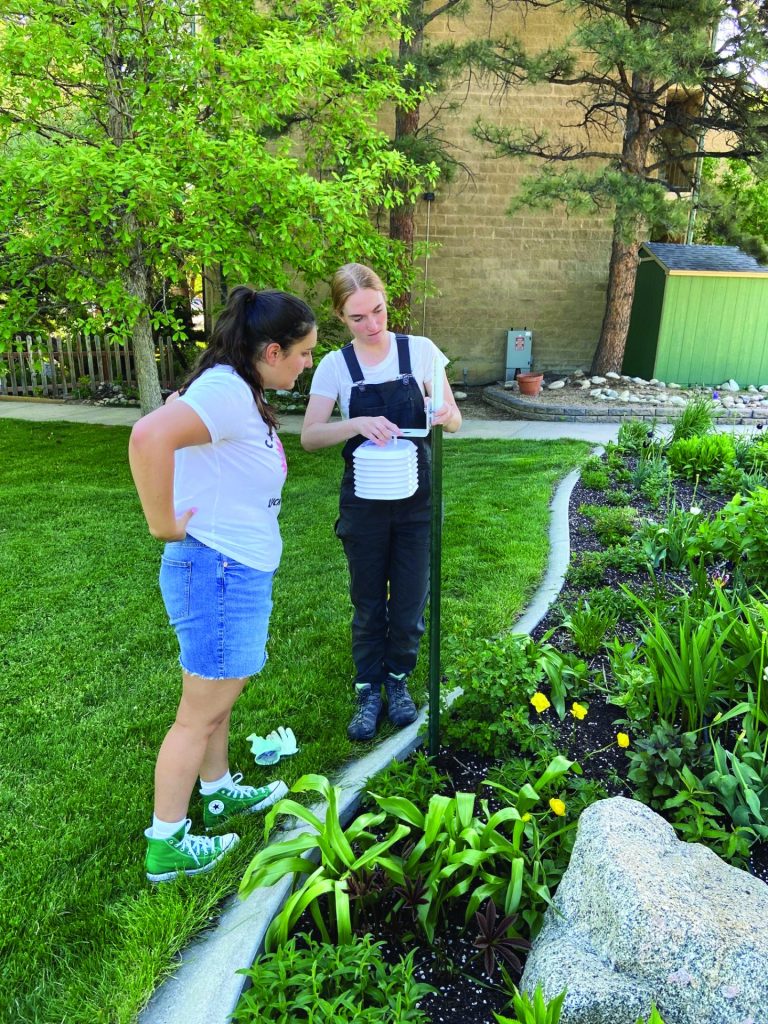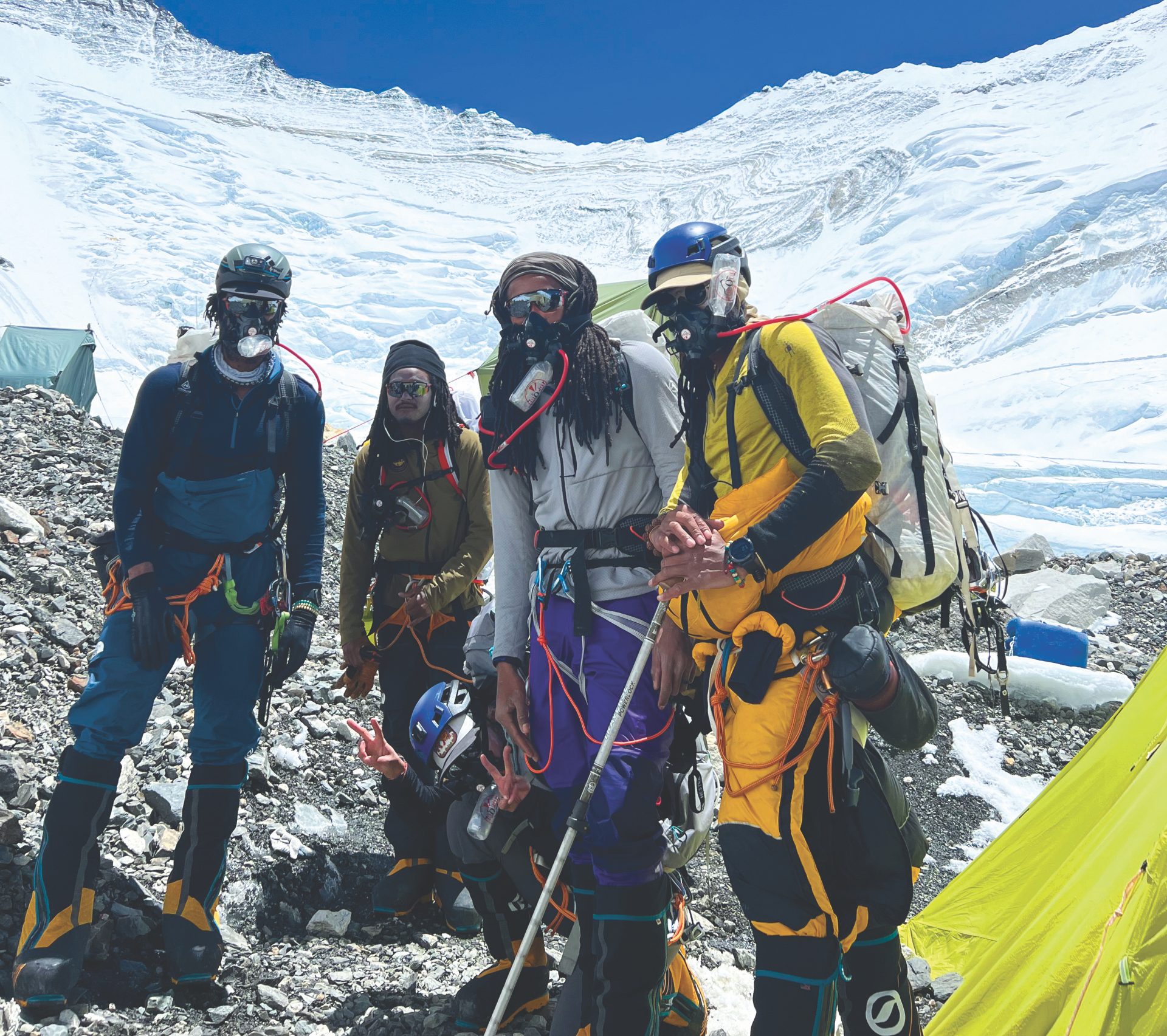Cool Boulder: Facing the Heat
13 Sep 2022
Cool Boulder is working to offset the effects of climate change.
By Sara Bruskin
Until recently, most climate change activism has been focused on reducing emissions to preclude the worst-case scenarios. While it’s important to do everything we can in that regard, some aspects of climate change are unavoidable at this point, and a local organization is working on ways to deal with the hotter temperatures we’re experiencing.
 “In the era we live in now and will live in for the rest of our lives and our children’s lives, climate change is a reality that’s going to be increasing in intensity and frequency,” says Brett KenCairn, senior policy advisor for climate and resilience with the City of Boulder. He’s one of the people spearheading Cool Boulder, a new campaign focused on mitigating the impact of rising temperatures in the city.
“In the era we live in now and will live in for the rest of our lives and our children’s lives, climate change is a reality that’s going to be increasing in intensity and frequency,” says Brett KenCairn, senior policy advisor for climate and resilience with the City of Boulder. He’s one of the people spearheading Cool Boulder, a new campaign focused on mitigating the impact of rising temperatures in the city.
Over the summer, Boulder worked with the National Oceanic and Atmospheric Administration to map heat islands in the area, and they’ll use that data to predict local temperatures under different scenarios and determine the best intervention strategies. Right now, the most promising course of action—and Cool Boulder’s main priority—involves more connected tree canopies, absorbent landscapes and pollinator pathways.
Flora to the Rescue
Trees make a huge difference in a community’s overall temperature simply by providing shade. The Environmental Protection Agency reports that shaded surfaces can be 20 to 45 degrees cooler than they would be in direct sunlight, so increasing tree canopy coverage will be crucial as temperatures continue to rise.
About 14 percent of Boulder has tree canopy coverage, and KenCairn says the city needs to aim for 20 to 25 percent in the next few decades. To achieve this, the city is amping up its tree-planting goals. “By next year, we plan to be planting over two thousand trees per year,” says KenCairn. “By the middle of the decade, we should be up to three or four thousand trees per year.”
In addition to creating shade, trees and other plants also promote cooling through transpiration, a process in which they release water vapor through their leaves. The resulting evaporation cools not only the plant, but also the surrounding area. That’s part of the motivation behind Cool Boulder’s emphasis on absorbent landscapes.
“When you have hardscapes—asphalt or concrete—they both absorb heat in ways that magnify heat impacts, but they also eliminate the living systems that conduct transpiration, and that’s one of the most significant and often under-considered cooling forces available to us,” KenCairn says.
Absorbent landscapes also sequester more carbon and hold more water, which KenCairn says is crucial to mitigating extreme temperatures. The City of Boulder is looking for ways to reduce asphalt and concrete use, and will be coordinating more absorbent landscaping featuring locally adapted plants to create more pollinator pathways, corridors of native plants that make ideal food and habitat sources for pollinators. These are essential for creating healthy and diverse ecosystems that are sustainable in Boulder’s semi-arid climate, making them the best opportunity for maintaining absorbent landscapes—even with water shortages.

Emphasis on Equity
Cool Boulder is also making sure these measures are rolled out in a way that promotes equitable change. Lower-income areas tend to have far more heat islands caused by extensive hardscaping and sparse tree cover, so they’ll be a priority when implementing these mitigation strategies.
As with any large-scale effort to create change, this work will give rise to economic opportunities. Cool Boulder organizers want to make sure those opportunities go to the people who need them most. They’re partnering with organizations that work with people who are returning from incarceration and come from disadvantaged backgrounds, training these populations to work in industries that will be seeing higher demand.
“We think we should be able to create a fairly significant number of living-wage, asset-building jobs because there’s so much work to be done,” KenCairn says.
How You Can Help
Plant trees in places where they’ll create shade over impervious surfaces like streets, driveways and sidewalks.
If you have conventional lawns around your home, convert as much as possible into more diverse, pollinator-friendly landscapes.
Register for a sprinkler efficiency evaluation with Resource Central at resourcecentral.org/slowtheflow.
Sign up to help the Cool Boulder campaign at coolboulder.org/get-involved.












